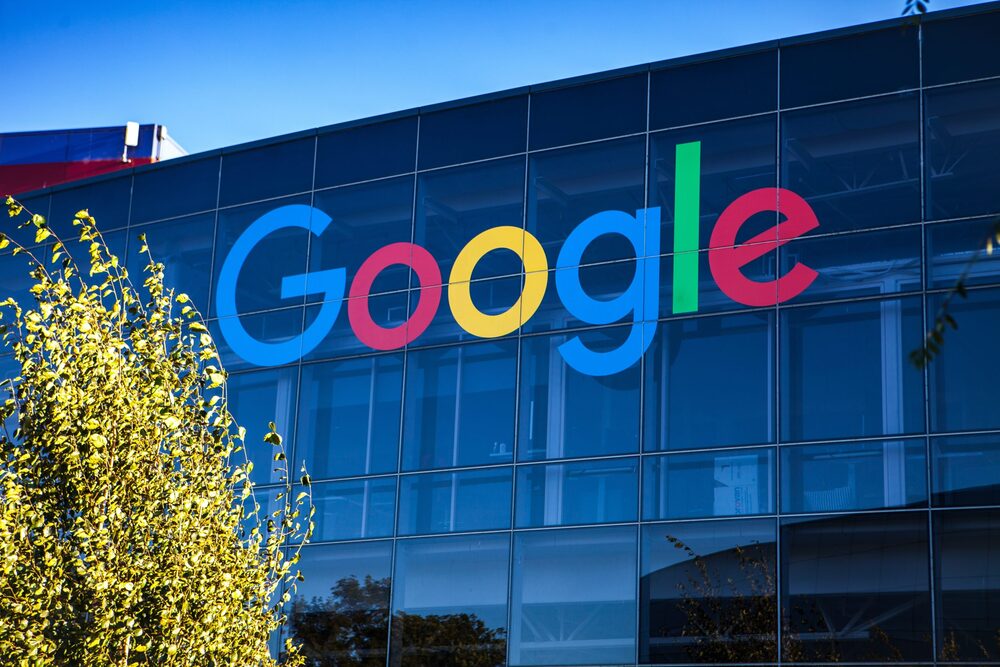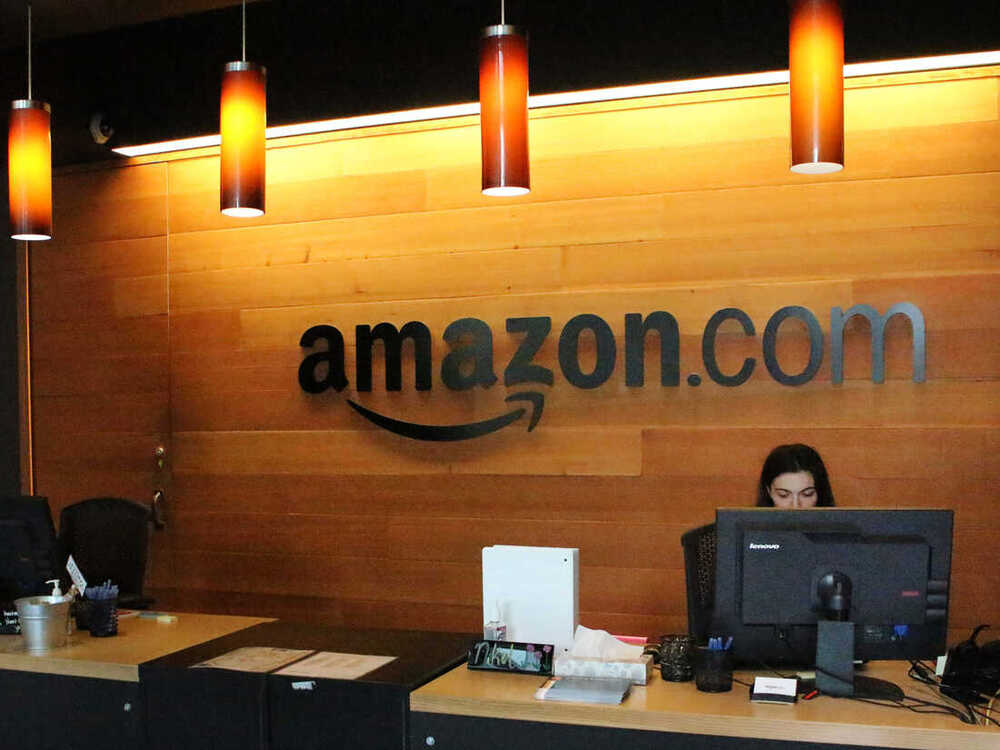Over the last 6 weeks Google has hosted journalists from around the world to update us on their futuristic driverless car project. What started 4 years ago as the first initiative at the cloak and dagger Google Division now boasts operating driverless cars that have logged 700,000 hours of time on Californian roads.
The BBC’s Justin Webb went for a drive with Chris Urmson from Google’s safety driving team at Google headquarters, Mountain View. The car has a spinning sensor fitted to the roof that uses 64 infrared lasers to take readings from the environment around it 10 times per second.
These laser range finders, lidar’s, are able to create accurate 3D representations of the environment. When they say accurate, they mean to within 2 centimetres or just over one inch. Add information coming from other vehicle radar systems and cameras and you have an extremely aware vehicle.
The car entered traffic, accelerated to the 35 mph speed limit, slowed slightly when a bus turned onto the road about 50 yards ahead of it, eased past a cyclist and came to a nice slow stop at a red light. In the end the car decided to give control back to a human being when nearby pedestrians were doing something it could not interpret or understand sufficiently well.
Urmson says what may look random and chaotic to us is actually quite predictable to a computer. With the radars, cameras and 640 pieces of data collected by the roof sensor every second the complex software and computers running the car have plenty of data to work with. The software Google has programmed to use all this data have models that recognize everything from standard red lights to emergency situations.
Seeing vision of these cars in action is quite incredible. They look completely confident in interpreting the world around them and moving with traffic at the appropriate speed. Merging lanes, stopping at lights, accelerating when the lights go green and turning corners all looked very natural.
Road fatalities peaked in the US in 1937 with just under 30 deaths per 100,000 population. That’s now down to a bit over 10 per 100,000 which still represents over 34,000 deaths each year. Another 240,000 injured people require hospitalization and about 2,000,000 more injured but not hospitalized. There are 1.2 million deaths globally and an estimated 50 million injuries.
That’s an unbelievable amount of sorrow and an economic loss to the US alone estimated to be $450 billion per year.
Google thinks intelligent driverless cars will reduce all these numbers. Not just a bit, but by a whopping 90%. 30,000 fewer deaths and $400 billion in savings by 2020. Wow.
With 700,000 hours under their belt, laws approving the operation of driverless (autonomous) cars already passed in Nevada, California and Florida, and almost 50% of Americans supporting the technology, this futuristic dream is about to become a reality.
Sergey Brin, one of Google’s co-founders, has ultimate oversight of the Google facility a little distance from the main Googleplex. The aim of Google is to go for “moonshots,” as they say internally. Develop ‘science-fiction-sounding’ solutions. To improve chosen technologies by a factor of 10. That is, to be ‘disruptive’ in an industry, create a new market with technology that displaces earlier technology.
It’s interesting to note the projects Google have, for the moment at least, rejected. A space elevator: currently unfeasible. A hoverboard: too costly versus the benefits to society. A jetpack: not energy efficient enough. Teleportation: violates the laws of physics, but heck, other than that it’s on.
What all this says about the future of the world’s largest advertising firm is hard to say. To date they haven’t done much wrong and it may just be feasible that Google disrupts the automobile industry in the same way it devastated its opposition in the search industry over a decade ago.
Who knows from there. We hope the space elevator finds its way back onto the drawing board.






